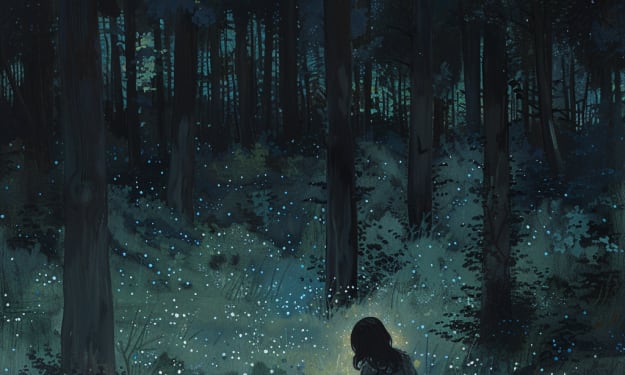AI vs. Artist in the World of Art and Design
Analysis of the impact of AI technology

Art has always been a product of human creativity, imagination, and skill. The idea of creating something from scratch that reflects the emotions, experiences, and thoughts of the artist has been a driving force behind the evolution of art throughout history. However, with the advent of Artificial Intelligence (AI), there has been a significant shift in the way art is created and consumed. In this article, we will explore the impact of AI on the traditional boundaries of creativity and the role of human creativity in the age of automation.
AI in Art and Design
Artificial Intelligence is a branch of computer science that deals with the creation of intelligent machines that can think and learn like humans. AI technology is being increasingly used in various fields, including art and design. With the help of AI algorithms, machines can now generate images, videos, music, and other forms of art that were previously thought to be the exclusive domain of human creativity.
One of the most prominent examples of AI in art is the GAN (Generative Adversarial Networks) algorithm. This algorithm uses two neural networks, a generator, and a discriminator, to generate new images that resemble the input data. The generator creates new images based on the input data, while the discriminator judges the authenticity of the generated images. Over time, the generator learns to create images that are almost indistinguishable from the original input data.
Another example of AI in art is the use of machine learning algorithms to create personalized artworks. By analyzing data such as the user's preferences, interests, and behavior, AI algorithms can create unique and personalized artworks that are tailored to the individual's tastes and preferences.
The Impact of AI on Traditional Boundaries of Creativity
The rise of AI in art has led to a significant shift in the traditional boundaries of creativity. With AI algorithms being used to create art, there is now a blurring of the lines between human creativity and machine-generated creativity. While AI-generated art can be impressive and aesthetically pleasing, it lacks the emotional depth and human touch that is inherent in traditional forms of art.
One of the biggest criticisms of AI-generated art is that it lacks the soul and authenticity that is associated with traditional art. Traditional art is the result of the artist's personal experiences, emotions, and thoughts. It is a reflection of the artist's worldview and their unique perspective on the world. In contrast, AI-generated art is the result of algorithms and data, which can never fully capture the nuances and complexities of human experience.
Furthermore, the use of AI in art raises questions about the value of creativity in the age of automation. As machines become increasingly capable of creating art, there is a concern that human creativity will become obsolete. However, it is important to note that creativity is not just about generating new ideas or products. It is also about the process of creating and expressing oneself, which is a uniquely human experience.
The Role of Human Creativity in the Age of Automation
While AI-generated art may be impressive, it is essential to recognize that human creativity is still essential in the age of automation. Human creativity is not just about creating something new but also about the emotional connection that is formed between the artist and the audience. Traditional art forms, such as painting, sculpture, and literature, are more than just products; they are a means of expressing oneself and communicating with others.
Moreover, human creativity is not limited to the traditional forms of art. It also plays a vital role in the development of new technologies and innovation. While machines can generate new ideas, they lack the intuition, empathy, and human touch that is essential for innovation. It is the human mind's ability to think outside the box and connect seemingly disparate ideas that is the driving force behind technological progress.
Conclusion
In conclusion, the rise of AI in art and design has led to a significant shift






Comments
There are no comments for this story
Be the first to respond and start the conversation.